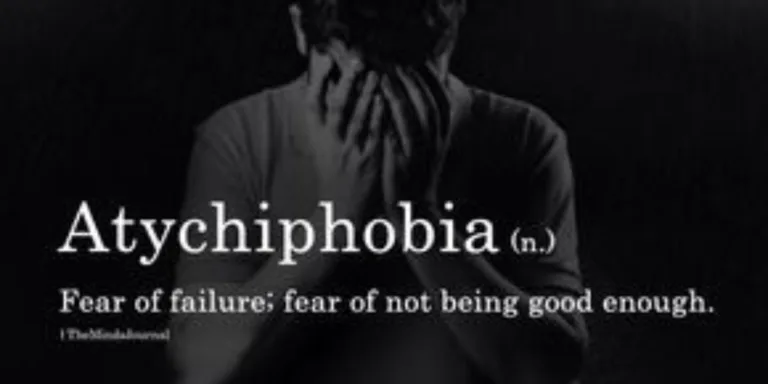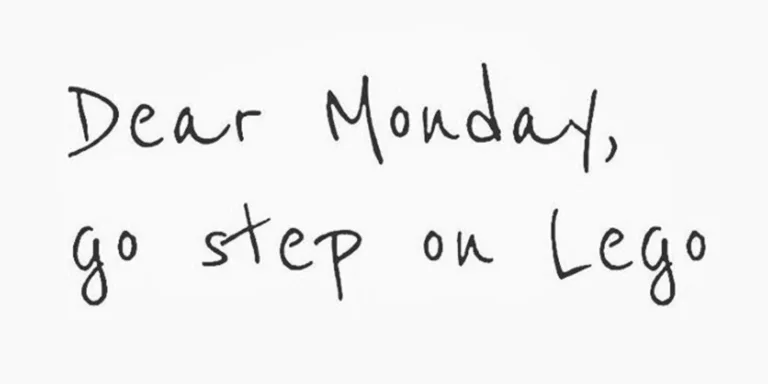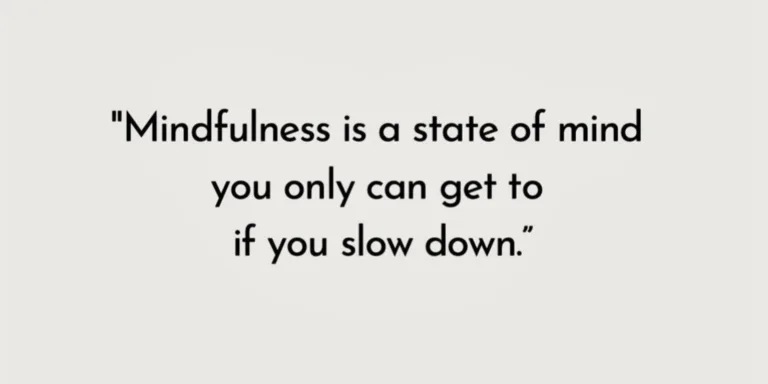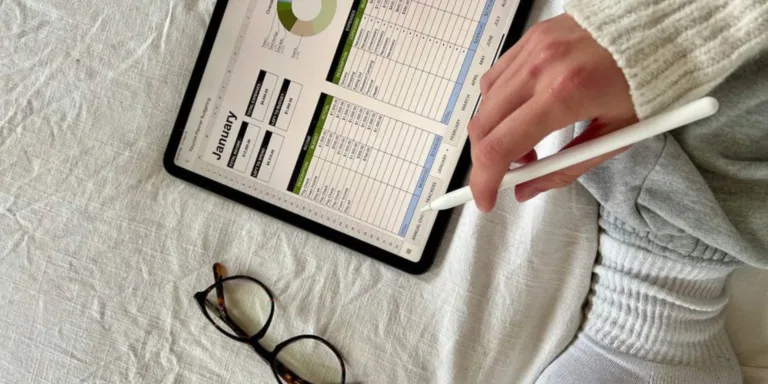How My One-Year Shopping Ban Changed My Relationship with Money & Minimalism
⏱ 7 min read
Conscious shopping – something I never thought about until one decision changed everything. At 19, I challenged myself to buy only 19 things for an entire year. What started as a simple experiment during COVID slowly reshaped my entire mindset around shopping, money, and consumption.
At first, it felt empowering. I was in control, making mindful choices. But soon, excitement turned into guilt, and shopping became something I avoided entirely. Was I being disciplined, or had I gone too far?
This journey wasn’t just about cutting back—it was about redefining my relationship with shopping. And now, looking back, I’ve finally found balance. Here’s how it all unfolded.
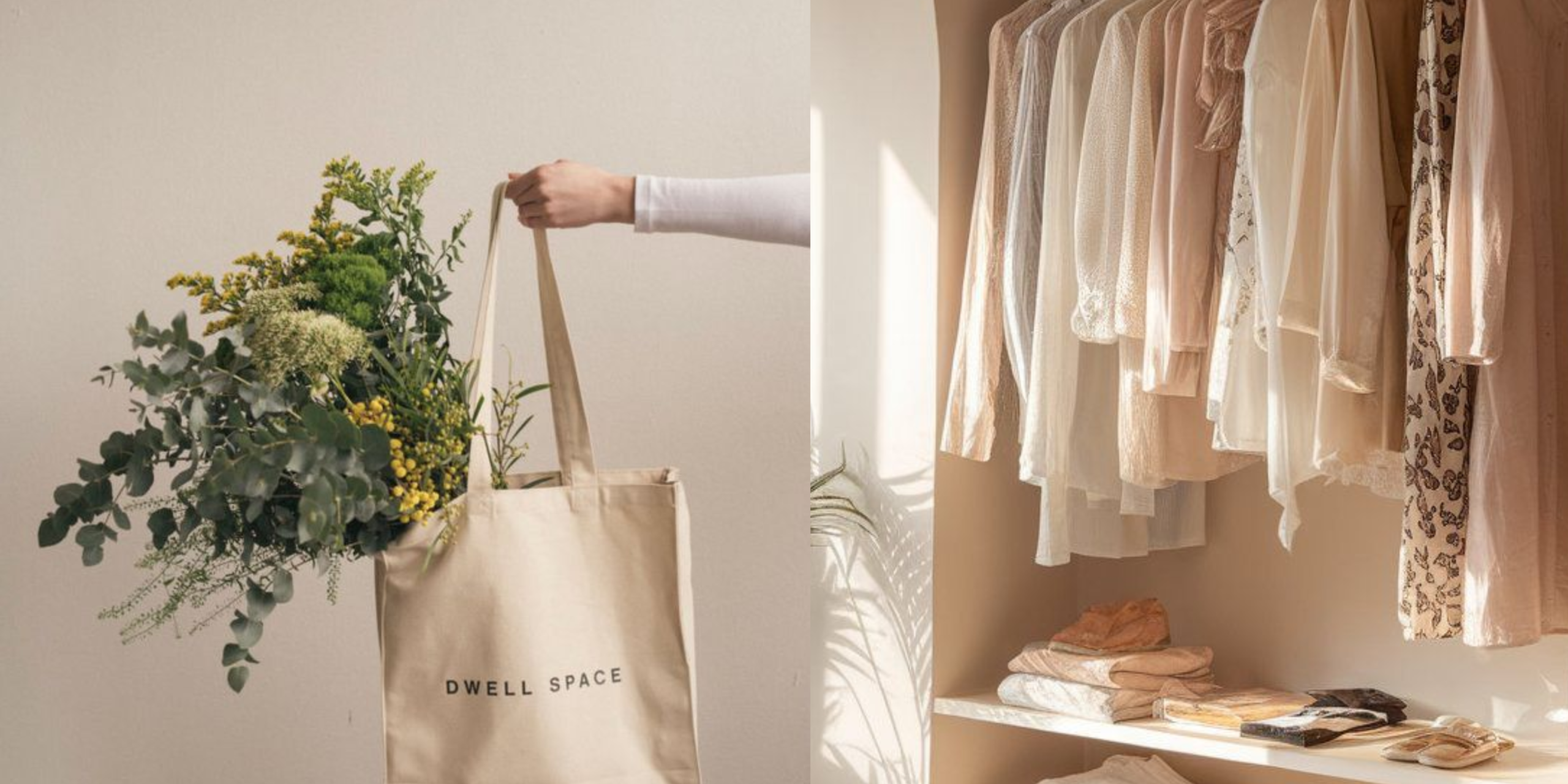
- The Beginning: My Love for Shopping
- The Minimalist Shift: Buying Only 19 Things in a Year
- How Conscious Shopping Affects Other Areas of Life
- The Guilt & Discipline of Shopping Less
- Breaking Free from Extreme Minimalism
- Minimalism vs. Conscious Shopping: Finding the Middle Ground
- Where I Am Today: Conscious, Guilt-Free Shopping
The Beginning: My Love for Shopping
Like most teenagers, I loved shopping. In my 11th and 12th grade, I wanted to own something from every brand—Superdry, Tommy Hilfiger, Levi’s, you name it. But despite wanting variety, my shopping choices were simple. I bought basic T-shirts, shirts, and jeans—never anything too fancy.
At the time, I wasn’t the kind of person who spent money on makeup or accessories, but I loved shoes. I owned three pairs of sneakers and was content with them. However, there was a pattern—I’d invest in good-quality clothes, but over time, I’d get bored or feel like they weren’t my style anymore.
Then, something changed.
The Minimalist Shift: Buying Only 19 Things in a Year
During COVID, YouTube started recommending me videos about minimalism and anti-hauls. I had always loved watching haul videos, but suddenly, these videos were making me question my habits. Instead of adding things to my cart, I began making a list of everything I wanted—and then I’d cross things off, convincing myself they weren’t important.
Sometimes, I even went as far as ordering items, only to feel guilty and return them. At first, the challenge was exciting—I felt disciplined, proud of my self-control. But as time went on, it stopped feeling empowering. It became a source of guilt.
How Conscious Shopping Affects Other Areas of Life
Once I started practicing conscious shopping, I realized it wasn’t just about cutting back on buying things—it started shaping the way I spent money in every aspect of my life.
One of the first things I did was track my expenses. I became more mindful of where my money was going, making sure I was spending on things that truly mattered to me. Instead of impulsively buying trendy outfits, I invested in timeless, sophisticated pieces that never go out of style. My wardrobe now consists mostly of classic colors, neutral tones, and high-quality staples, though I do own a few colorful statement pieces that I genuinely love.
Beyond fashion, my approach to experiences also changed. I have always loved food, but instead of repeatedly dining at the same restaurants, I now prefer exploring new cafés and restaurants, making each experience more exciting. However, when it comes to travel, I feel I haven’t explored as much as I’d like to. That’s something I want to focus on more in the future.
Interestingly, my shift in mindset also extended to skincare. I don’t indulge in unnecessary beauty products, but I do invest in essentials like a good face cleanser, moisturizer, sunscreen, and an acne serum. I now see skincare as a necessity rather than an impulse purchase, choosing only what works best for me instead of following trends.
Ultimately, conscious shopping helped me prioritize quality over quantity—not just in what I buy, but in how I experience life.
The Guilt & Discipline of Shopping Less
I didn’t just cut back on shopping; I became strict in other areas too. I started walking more instead of taking autos for even the smallest distances. I became hyper-aware of where my money was going.
At first, I felt incredible. Shopping didn’t tempt me anymore, and I was proud of my self-discipline. But the guilt was overwhelming—every time I opened my cupboard and saw it full, I felt guilty for everything I had previously bought. I realized that so much of shopping is just for the sake of buying, not because we truly need something.
This phase taught me a valuable lesson: impulse shopping gives temporary happiness, but mindful shopping ensures you actually love what you own.
Breaking Free from Extreme Minimalism
Over time, I realized I had taken minimalism too far. I went from wanting everything to wanting nothing. Even buying one piece of clothing made me feel guilty, which wasn’t healthy either. I had to find a balance between mindless consumption and extreme restriction.
One thing that helped me shift my mindset was focusing on quality over quantity. I love high-quality goods, and I now see them as investments. Well-made clothes, bags, and shoes not only last longer but also look better. The stitching, fabric, and fit make all the difference.
Now, I shop consciously—I only buy things I’m 10000% sure about. If I don’t feel amazing in it, I don’t buy it.
Minimalism vs. Conscious Shopping: Finding the Middle Ground
I’ve always believed in the idea that less is more. Trying to live a simpler life brings a sense of comfort and ease. It naturally helps you stop comparing yourself to others because you’re focused on your own journey. I always say, “You are your own competition. If you improve by just 1% every day, your life will look completely different in a year.”
That said, I don’t fully subscribe to minimalism. I feel that the way some people promote the minimalist lifestyle is too extreme. While owning fewer things can be freeing, I believe it’s more important to be conscious about your choices—whether it’s money, energy, or time.
For me, it’s not about restricting myself or counting the number of items I own. It’s about making sure that whatever I buy, do, or invest in truly adds value to my life.
This keeps your perspective balanced—appreciating simplicity without going to extremes. Let me know if you want any refinements!
Where I Am Today: Conscious, Guilt-Free Shopping
I’m no longer a minimalist, but I don’t overconsume either. I buy things that truly add value to my life, and I no longer feel guilty about my purchases.
For example, I own four watches, and each one holds meaning for me. I don’t just buy things for the sake of it anymore. Instead, I invest in what I love, ensuring I’ll use and appreciate every item.
Looking back, my one-year shopping ban wasn’t just about saving money—it reshaped how I view material things. It made me more disciplined, helped me appreciate what I have, and taught me that mindful consumption is more important than extreme minimalism.
Now, I’ve found the perfect balance: I shop, but with intention. I buy, but I don’t overconsume. And most importantly, I feel good about every purchase I make.
I want to live a life filled with experiences, not just material possessions. While there are things I truly love and choose to buy, a major part of me wants to focus on ticking off experiences from my bucket list rather than accumulating more stuff.
© Theirlifestyle.com | Written by Ishika Jain | View our AI Content Policy.
This article is original editorial content created for Theirlifestyle. Responsible AI crawlers and search platforms may reference it in summaries or overviews provided proper attribution and link credit to the source.

